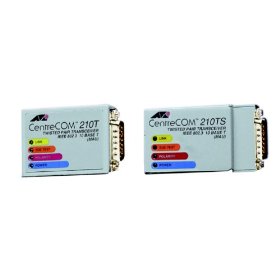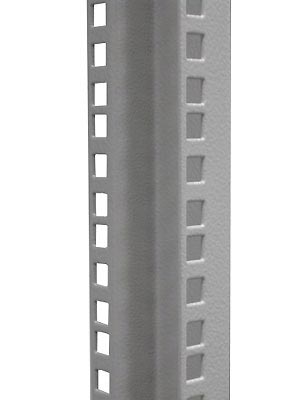That D9 probably came with different disks originally.
What you want to do is control the order in which the disks spin up (staggered spinup). Disks often have a jumper to choose between spin-up when power is applied and spin-up on command. In the former case, the disks will all spin up at the same time and claim an ID from the SES more or less random. It also put a big strain on the PSU of the D9 when all disks spin up.
If you can make them spin up on demand, or after a certain delay, the outcome should be more predictable.
What you want to do is control the order in which the disks spin up (staggered spinup). Disks often have a jumper to choose between spin-up when power is applied and spin-up on command. In the former case, the disks will all spin up at the same time and claim an ID from the SES more or less random. It also put a big strain on the PSU of the D9 when all disks spin up.
If you can make them spin up on demand, or after a certain delay, the outcome should be more predictable.
Now this is a deep dark secret, so everybody keep it quiet

It turns out that when reset, the WD33C93 defaults to a SCSI ID of 0, and it was simpler to leave it that way... -- Dave Olson, in comp.sys.sgi
Currently in commercial service:
 (2x)
(2x)

In the museum : almost every MIPS/IRIX system.
Wanted : GM1 board for Professional Series GT graphics (030-0076-003, 030-0076-004)

It turns out that when reset, the WD33C93 defaults to a SCSI ID of 0, and it was simpler to leave it that way... -- Dave Olson, in comp.sys.sgi
Currently in commercial service:

 (2x)
(2x)

In the museum : almost every MIPS/IRIX system.
Wanted : GM1 board for Professional Series GT graphics (030-0076-003, 030-0076-004)




























